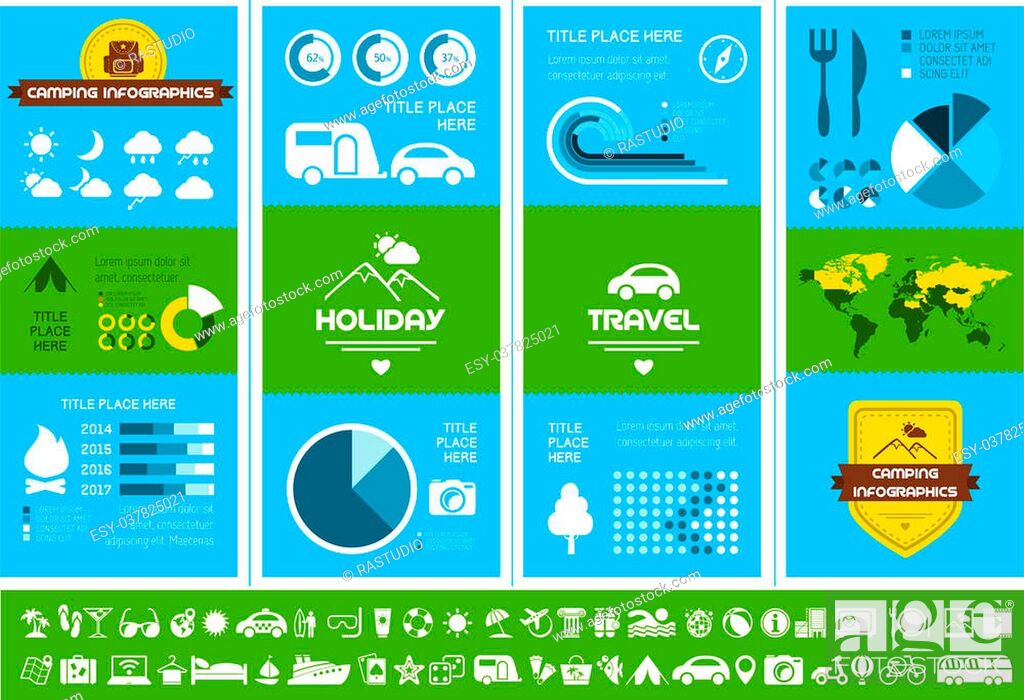Winter months outdoor camping is an enjoyable and daring experience, however it needs appropriate equipment to ensure you stay cozy. You'll need a close-fitting base layer to catch your body heat, together with a protecting jacket and a water resistant covering.
You'll also require snow risks (or deadman anchors) buried in the snow. These can be tied using Bob's smart knot or a regular taut-line hitch.
Pitch Your Outdoor tents
Winter outdoor camping can be an enjoyable and daring experience. Nevertheless, it is necessary to have the appropriate gear and understand how to pitch your tent in snow. This will certainly protect against chilly injuries like frostbite and hypothermia. It is likewise essential to eat well and remain hydrated.
When establishing camp, make certain to choose a site that is protected from the wind and devoid of avalanche risk. It is likewise a good idea to pack down the area around your outdoor tents, as this will certainly help in reducing sinking from body heat.
Before you established your outdoor tents, dig pits with the exact same size as each of the support factors (groundsheet rings and guy lines) in the center of the tent. Load these pits with sand, rocks and even stuff sacks loaded with snow to small and secure the ground. You may additionally wish to think about a dead-man anchor, which entails linking camping tent lines to sticks of wood that are hidden in the snow.
Pack Down the Area Around Your Outdoor tents
Although not a necessity in most locations, snow stakes (also called deadman anchors) are a superb enhancement to your tent pitching package when camping in deep or compressed snow. They are primarily sticks that are developed to be hidden in the snow, where they will certainly freeze and develop a strong anchor factor. For best outcomes, utilize a clover hitch knot on the top of the stick and hide it in a few inches of snow or sand.
Establish Your Camping tent
If you're camping in snow, it is a good concept to utilize a tent made for winter season backpacking. 3-season tents function fine if you are making camp below timber line and not anticipating particularly extreme weather condition, but 4-season camping tents have sturdier posts and fabrics and use more security from wind and heavy snowfall.
Make sure to bring adequate insulation for your resting bag and a warm, dry blow up mat to sleep on. Blow up mats are much warmer than foam and assistance prevent chilly spots in your camping tent. You can also include an extra floor covering for sitting or food preparation.
It's also a great concept to set up your camping tent near an all-natural wind block, such as a group of trees. This will certainly make your camp more comfortable. If you can not locate a windbreak, you can create your very own by excavating holes and hiding objects, such as rocks, outdoor tents risks, or "dead man" supports (old tent individual lines) with a shovel.
Tie Down Your Camping tent
Snow stakes aren't needed if you make use of the best strategies to anchor your camping tent. Hidden sticks (maybe gathered on your approach walking) and ski posts work well, as does some version of a "deadman" hidden in the snow. (The concept is to develop an anchor that is so strong you will not be able to pull it up, despite having a great deal of effort.) Some makers make specialized dead-man anchors, however I like the simpleness of a taut-line hitch tied to a stick and after messenger bag that hidden in the snow.
Be aware of the terrain around your camp, particularly if there is avalanche threat. A branch that falls on your outdoor tents could damage it or, at worst, harm you. Additionally watch out for pitching your tent on a slope, which can trap wind and cause collapse. A protected location with a low ridge or hill is much better than a high gully.
